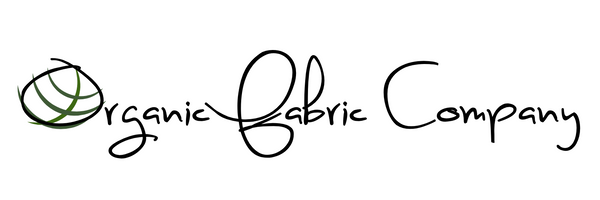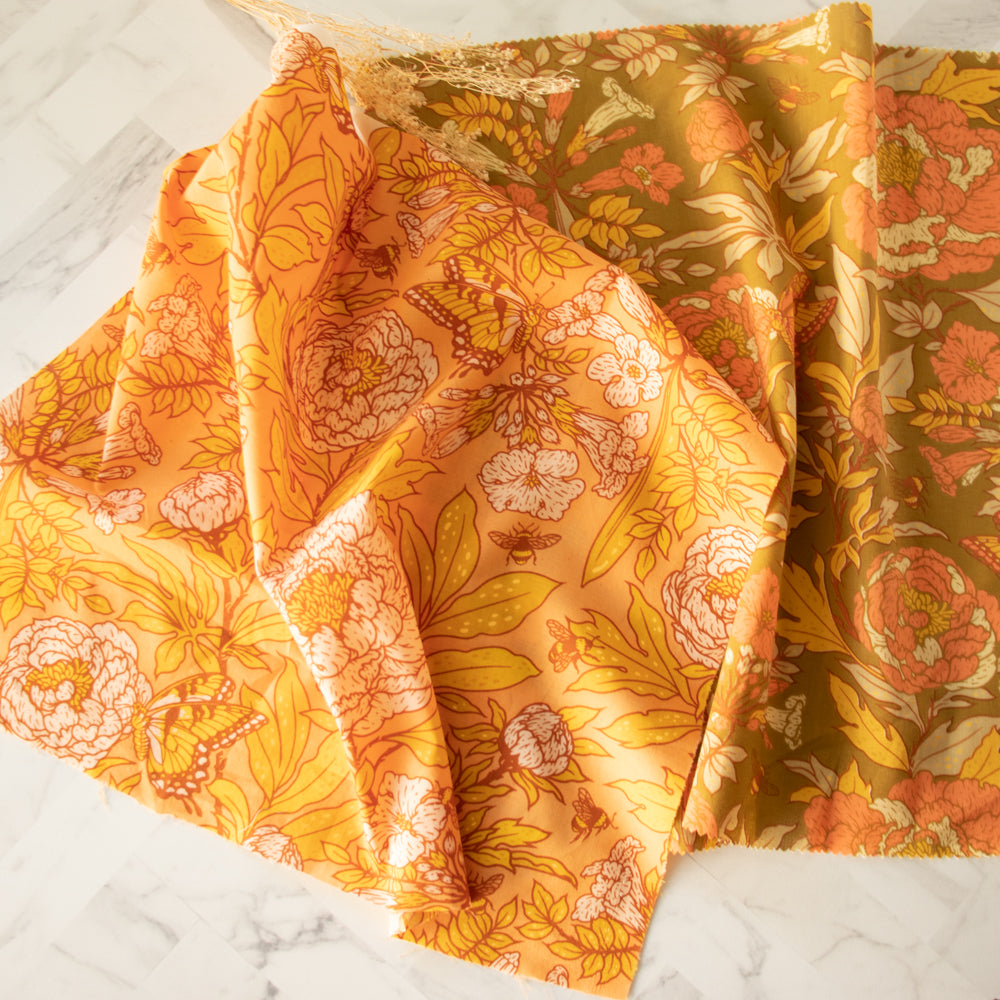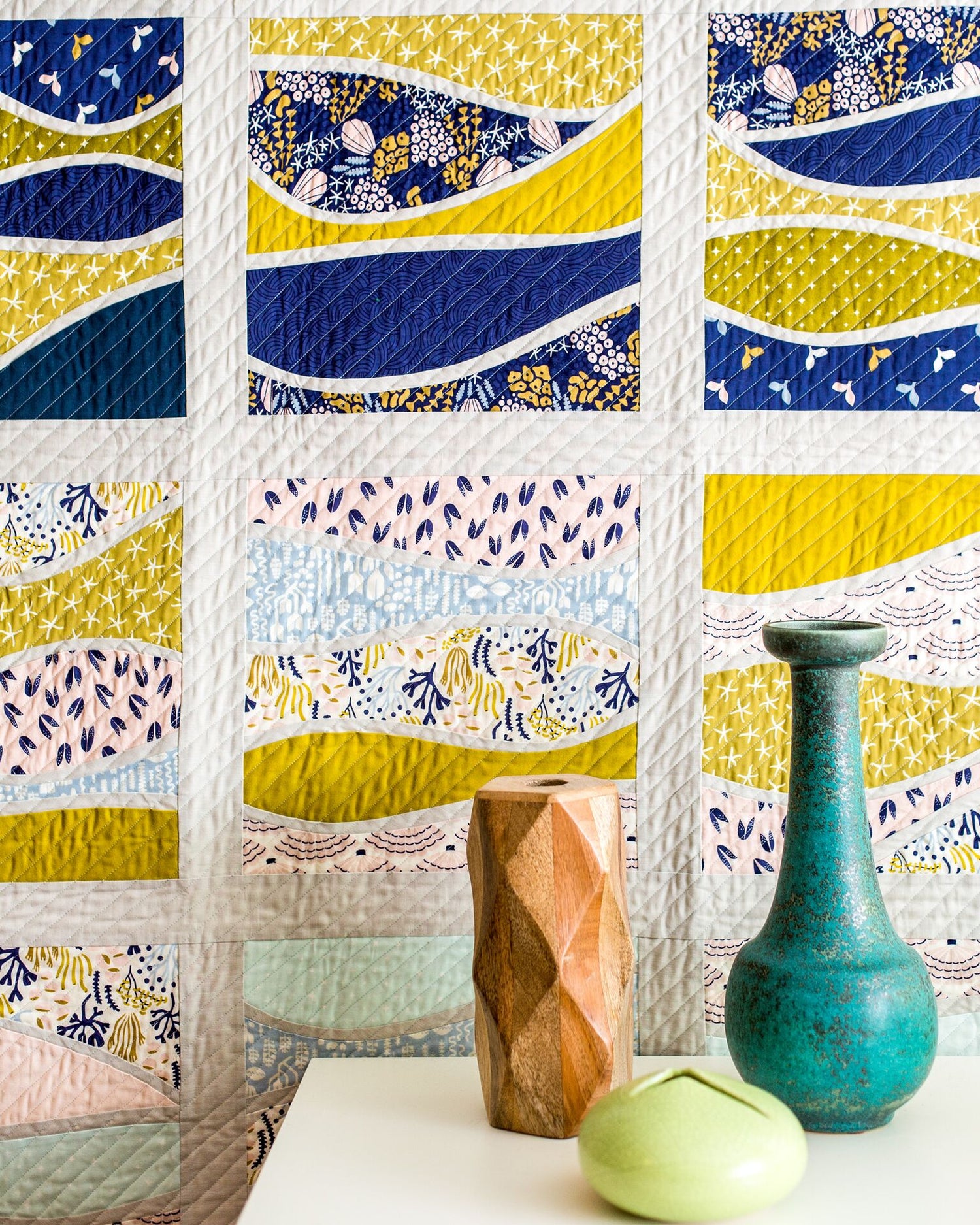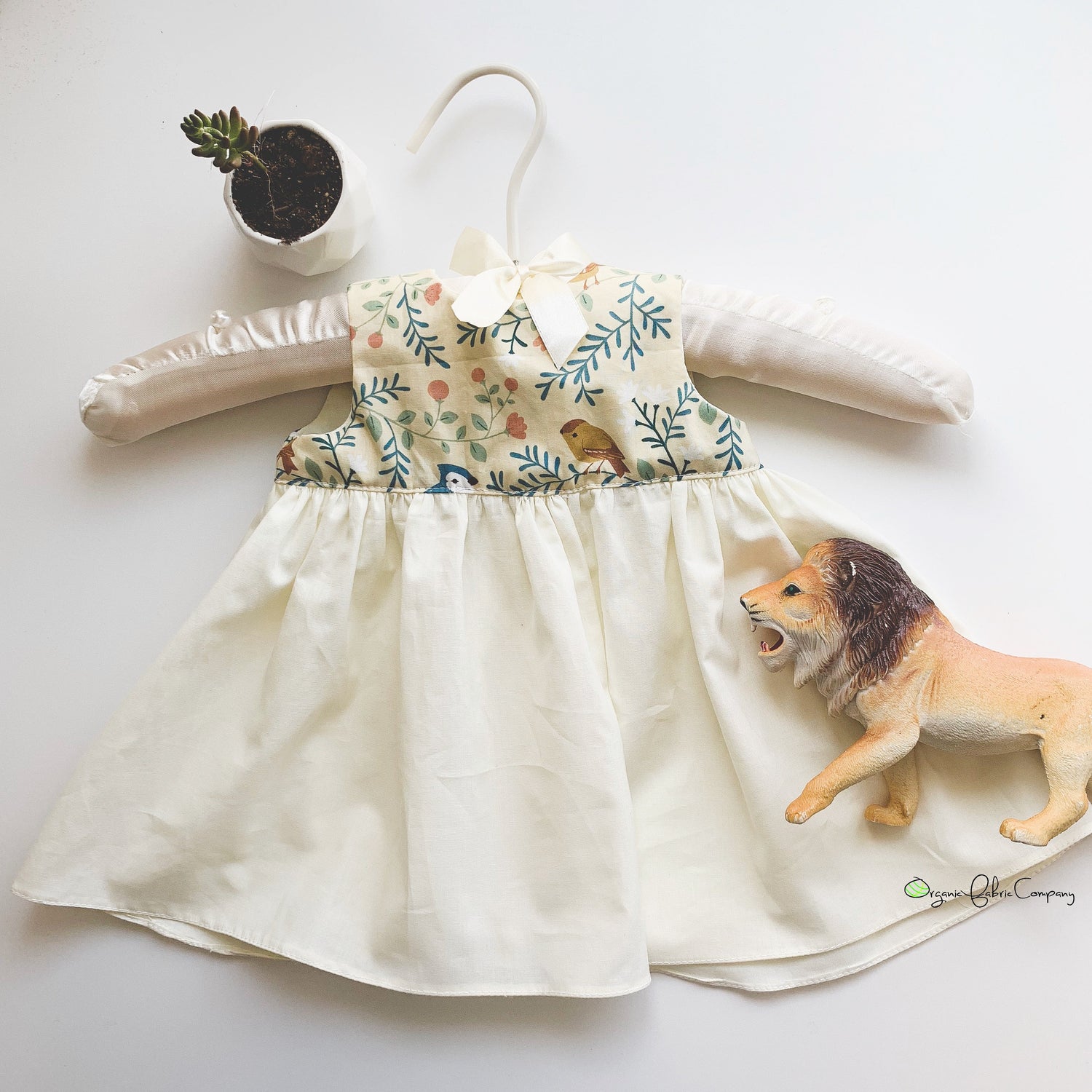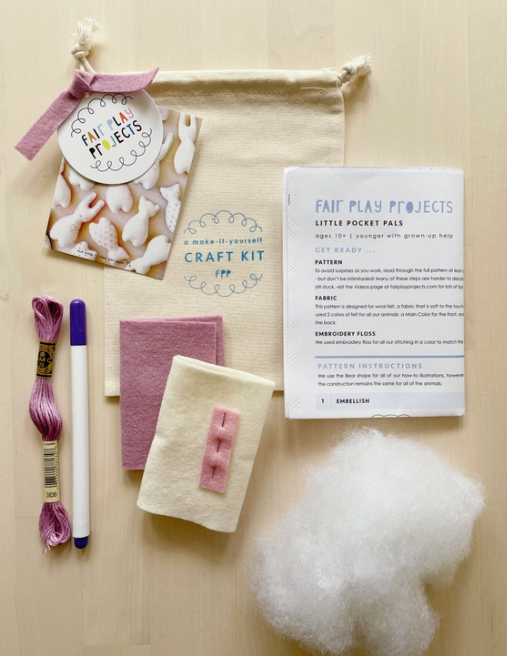
Understanding Fabric Grainline: The Key to Sewing Success
Have you ever finished sewing a garment only to find that it twists awkwardly or doesn’t drape as expected? The culprit might be something as simple yet crucial as the grainline of your fabric. But what exactly is the grainline, and why does it matter so much in sewing?
Today we’ll dive into the basics of fabric grainline, how to find it, and why it plays a vital role in how your finished projects turn out. Whether you're new to sewing or looking to refine your skills, understanding grainline will help ensure your garments fit and move as they should.
What Is Fabric Grainline?
Fabric grainline refers to the direction of the threads in woven fabric. The grainline is an essential guide when cutting fabric for sewing projects, as it affects the fit, structure, and drape of the finished piece.
There are three primary types of grainlines to know:
- Straight Grain (Lengthwise Grain) – Runs parallel to the fabric’s selvedge and is the strongest direction of the fabric. Sewing patterns are typically aligned with the straight grain.
- Cross Grain – Runs perpendicular to the selvedge and has slightly more stretch than the straight grain. Some garments, depending on the design and fabric, may be cut on the cross grain.
- Bias Grain – Cut at a 45-degree angle to the straight grain, allowing for maximum stretch and fluid drape, often used in flowing garments like bias-cut skirts.
What Is the Fabric Selvedge?
The selvedge is the tightly woven edge along both sides of a fabric roll. It prevents the fabric from fraying and helps in determining the straight grain. Identifying the selvedge is the first step in ensuring your fabric is aligned correctly before cutting.
Why Do Sewing Patterns Include a Grainline?
Sewing patterns are marked with a grainline to guide placement on the fabric. The grainline indicator—usually a straight line with arrows at both ends—ensures that the pattern pieces align correctly, maintaining the integrity of the garment’s design. If a pattern requires fabric to be cut on the fold, it means placing the fabric with its selvedges aligned and cutting along the folded edge to create a symmetrical piece.
Ignoring the grainline can lead to twisting seams, uneven draping, or ill-fitting garments. Following the grainline instructions ensures that the fabric behaves as intended once sewn.
How to Cut Fabric on the Correct Grainline
To accurately cut fabric following the grainline:
- Lay your fabric flat on a surface, aligning the selvedges.
- Place your pattern piece on the fabric, ensuring the grainline marking is parallel to the selvedge.
- Use a measuring tape to check the distance from the grainline to the selvedge at multiple points along the line. Adjust the pattern piece until the distance is consistent.
- Pin or weight down the pattern, then cut carefully along the edges.
Taking the time to ensure accuracy here will prevent frustration later in the sewing process!
How to Find the Fabric Grainline
If your fabric doesn’t have an obvious selvedge, you can still determine the grainline using these methods:
- Pull a Thread – Gently pull a single thread from the fabric’s edge. The line left behind will indicate the straight grain.
- Tear the Fabric – Some woven fabrics, like cotton, can be torn along the straight grain. Test on a small section first to ensure it works without excessive fraying.
Grainline in Stretch Fabrics
Unlike woven fabrics, knit fabrics don’t have a traditional grainline since they are created using looping rather than weaving. Instead of grainline markings, patterns for stretch fabrics indicate the direction of greatest stretch to ensure the fabric’s elasticity is used correctly in the garment’s design.
Mastering fabric grainline is one of those small but mighty skills that can dramatically improve the quality of your sewing projects. By taking the time to align and cut your fabric correctly, you’ll create garments that fit well, hang beautifully, and feel comfortable to wear.
Next time you start a sewing project, take a moment to check the grainline—your finished piece will thank you for it!
